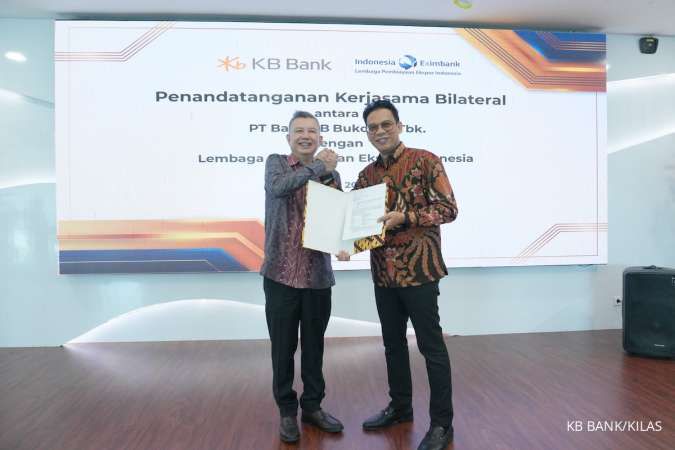MEDAN. Volcanic ash showers from Mount Sinabung in Karo regency, North Sumatra, have for the last three days reportedly paralyzed Berastagi city, a popular tourist destination located 30 kilometers from the erupting volcano. Fhandi, a fruit trader in Berastagi, said most traders in the main traditional market and fruit market had closed their kiosks over fears that volcanic ash would cover their merchandise. “As the result, business here is paralyzed,” Fhandi told The Jakarta Post on Wednesday, Fhandi said Berastagi and other areas in Karo regency were covered in thick layers of volcanic ash, turning the landscape grey. “During the dry season, the ash flies everywhere. However, in the rainy season, the ash turns into mud. Both are equally troublesome,” he said. For the last three days Mt. Sinabung’s eruptions have continued to intensify, emitting pyroclastic flows and spreading volcanic ash. On Wednesday, the volcano erupted twice at 00:45 a.m. and 12:42 p.m. Both eruptions caused pyroclastic flows as far as 3-km down Sinabung’s southern slope and sent volcanic ash 3-km into the sky. Sinabung Emergency Response Task Force commander Lt. Col. Asep Sukarna said the volcano had continuously spewed pyroclastic flows and volcanic ash for five consecutive days. So far, according to Asep, the pyroclastic flows had not affected local residents as they had headed south to an area that had been vacant since last year when the volcano started erupting. The pyroclastic flows, he said, headed in the direction of the Kuta Tonggal, Berastepu, Gamber and Guru Kinayan subdistricts, located 5-km from the crater. The only disturbing impact of the present eruptions, according to Asep, was the volcanic ash. He said residents in Berastagi were using masks to reduce the impact of the ash on their health. “Masks have been distributed in almost every corner of Berastagi,” Asep told the Post on Wednesday. Meanwhile, it was business as usual for offices and schools, although many employees and students were wearing masks. The head of the Sinabung observation post, Armen Putra, said the volcano remained at the third level of alert despite increasing volcanic activities. Raising the alert status to level 4, the highest level, would trigger mandatory evacuations. He said there was no evacuation order for residents who had just returned to their respective houses. “The most important thing is that people have to be cautious about threats from Mt. Sinabung’s eruptions,” Armen said. Last year, an eruption from Mt. Sinabung killed 14 people and forced more than 33,000 others to flee their homes. The volcano began erupting again on Sunday, emitting pyroclastic flows that were deemed the largest in five months. They traveled 4.5 km down the slopes to the south of some villages. Local residents panicked due to the size of the flows and had been affected by the volcanic ash showers ever since. Asep previously said the number of existing evacuees would likely be reduced in the near future. As of Sunday, there were still 3,287 evacuees from 1,019 families in 16 evacuation centers. The administration aims to have all evacuees back in their homes by the end of the year. (Apriadi Gunawan)
Sinabung’s ash blankets Berastagi city
MEDAN. Volcanic ash showers from Mount Sinabung in Karo regency, North Sumatra, have for the last three days reportedly paralyzed Berastagi city, a popular tourist destination located 30 kilometers from the erupting volcano. Fhandi, a fruit trader in Berastagi, said most traders in the main traditional market and fruit market had closed their kiosks over fears that volcanic ash would cover their merchandise. “As the result, business here is paralyzed,” Fhandi told The Jakarta Post on Wednesday, Fhandi said Berastagi and other areas in Karo regency were covered in thick layers of volcanic ash, turning the landscape grey. “During the dry season, the ash flies everywhere. However, in the rainy season, the ash turns into mud. Both are equally troublesome,” he said. For the last three days Mt. Sinabung’s eruptions have continued to intensify, emitting pyroclastic flows and spreading volcanic ash. On Wednesday, the volcano erupted twice at 00:45 a.m. and 12:42 p.m. Both eruptions caused pyroclastic flows as far as 3-km down Sinabung’s southern slope and sent volcanic ash 3-km into the sky. Sinabung Emergency Response Task Force commander Lt. Col. Asep Sukarna said the volcano had continuously spewed pyroclastic flows and volcanic ash for five consecutive days. So far, according to Asep, the pyroclastic flows had not affected local residents as they had headed south to an area that had been vacant since last year when the volcano started erupting. The pyroclastic flows, he said, headed in the direction of the Kuta Tonggal, Berastepu, Gamber and Guru Kinayan subdistricts, located 5-km from the crater. The only disturbing impact of the present eruptions, according to Asep, was the volcanic ash. He said residents in Berastagi were using masks to reduce the impact of the ash on their health. “Masks have been distributed in almost every corner of Berastagi,” Asep told the Post on Wednesday. Meanwhile, it was business as usual for offices and schools, although many employees and students were wearing masks. The head of the Sinabung observation post, Armen Putra, said the volcano remained at the third level of alert despite increasing volcanic activities. Raising the alert status to level 4, the highest level, would trigger mandatory evacuations. He said there was no evacuation order for residents who had just returned to their respective houses. “The most important thing is that people have to be cautious about threats from Mt. Sinabung’s eruptions,” Armen said. Last year, an eruption from Mt. Sinabung killed 14 people and forced more than 33,000 others to flee their homes. The volcano began erupting again on Sunday, emitting pyroclastic flows that were deemed the largest in five months. They traveled 4.5 km down the slopes to the south of some villages. Local residents panicked due to the size of the flows and had been affected by the volcanic ash showers ever since. Asep previously said the number of existing evacuees would likely be reduced in the near future. As of Sunday, there were still 3,287 evacuees from 1,019 families in 16 evacuation centers. The administration aims to have all evacuees back in their homes by the end of the year. (Apriadi Gunawan)



